The Work as a Space within a Space
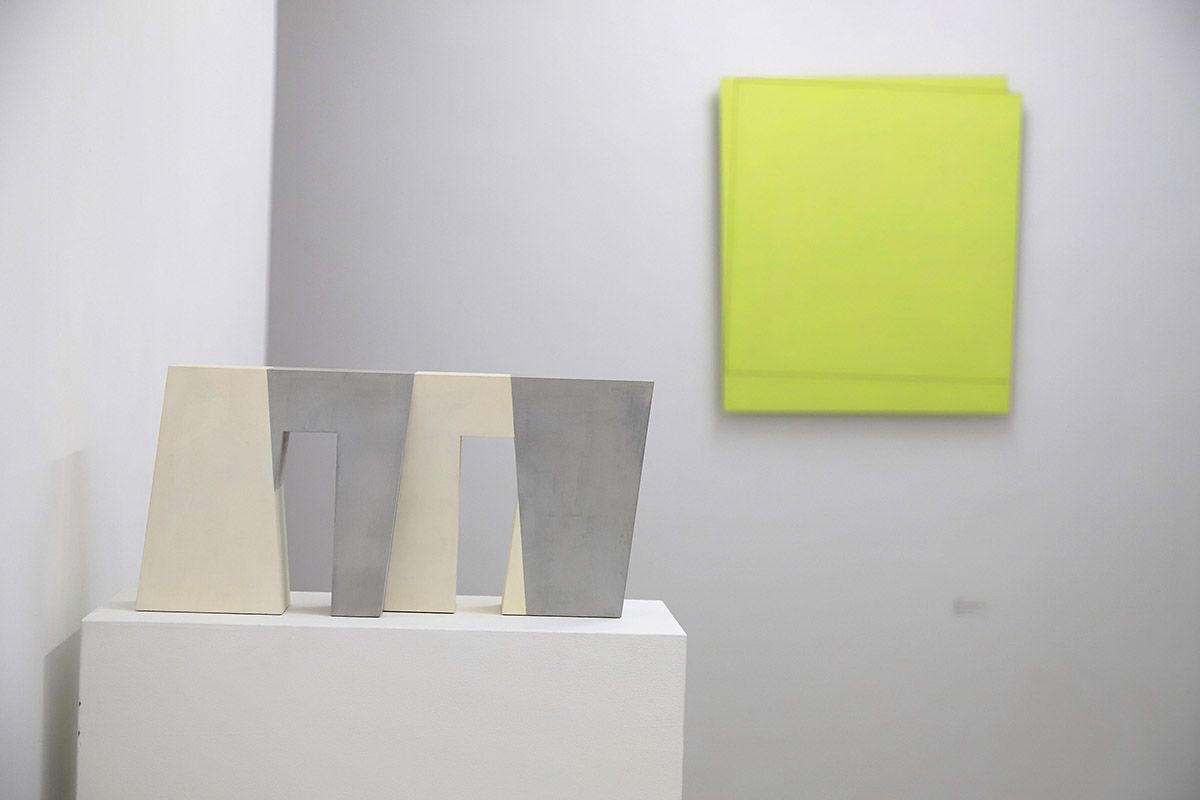
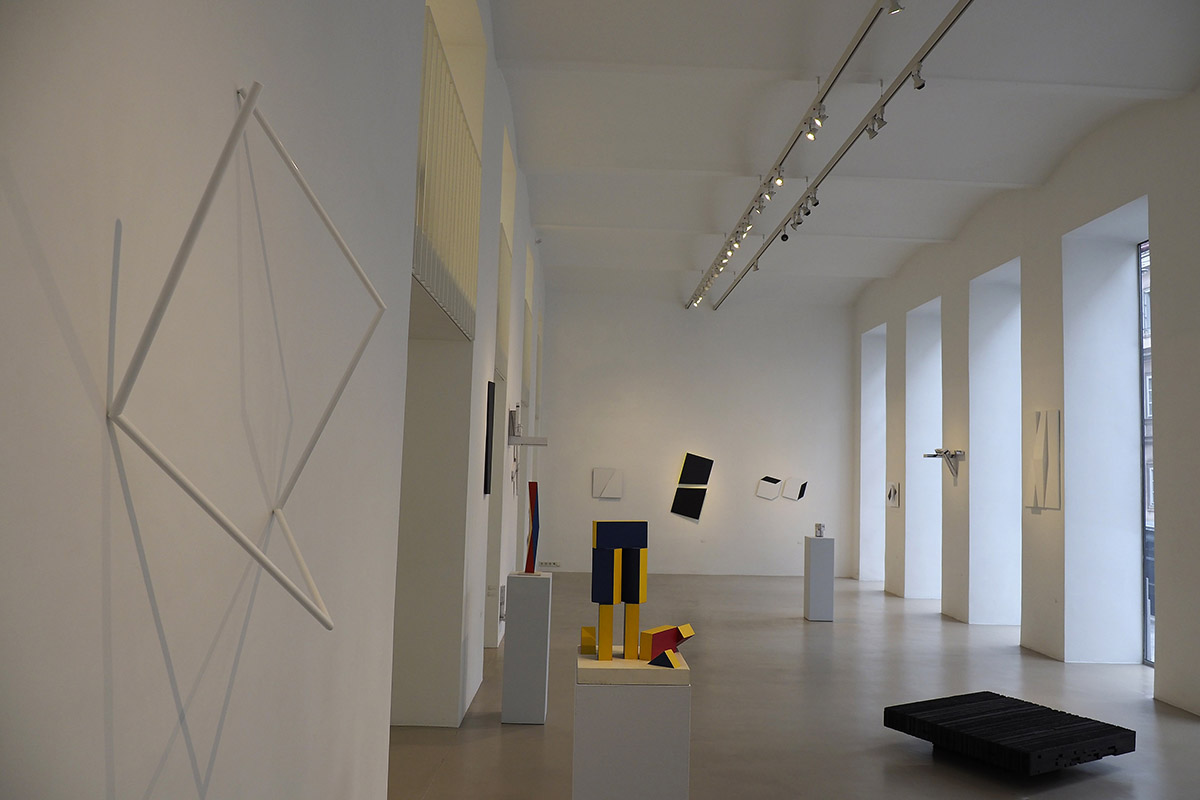
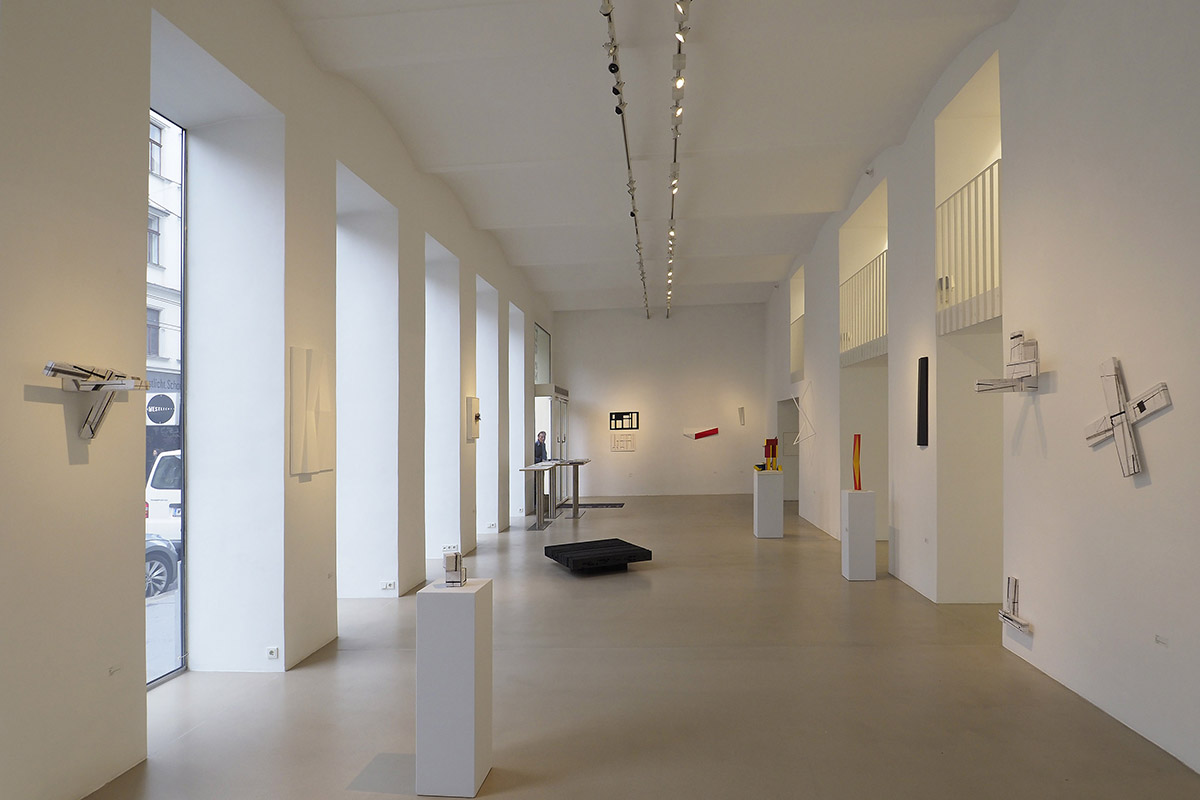
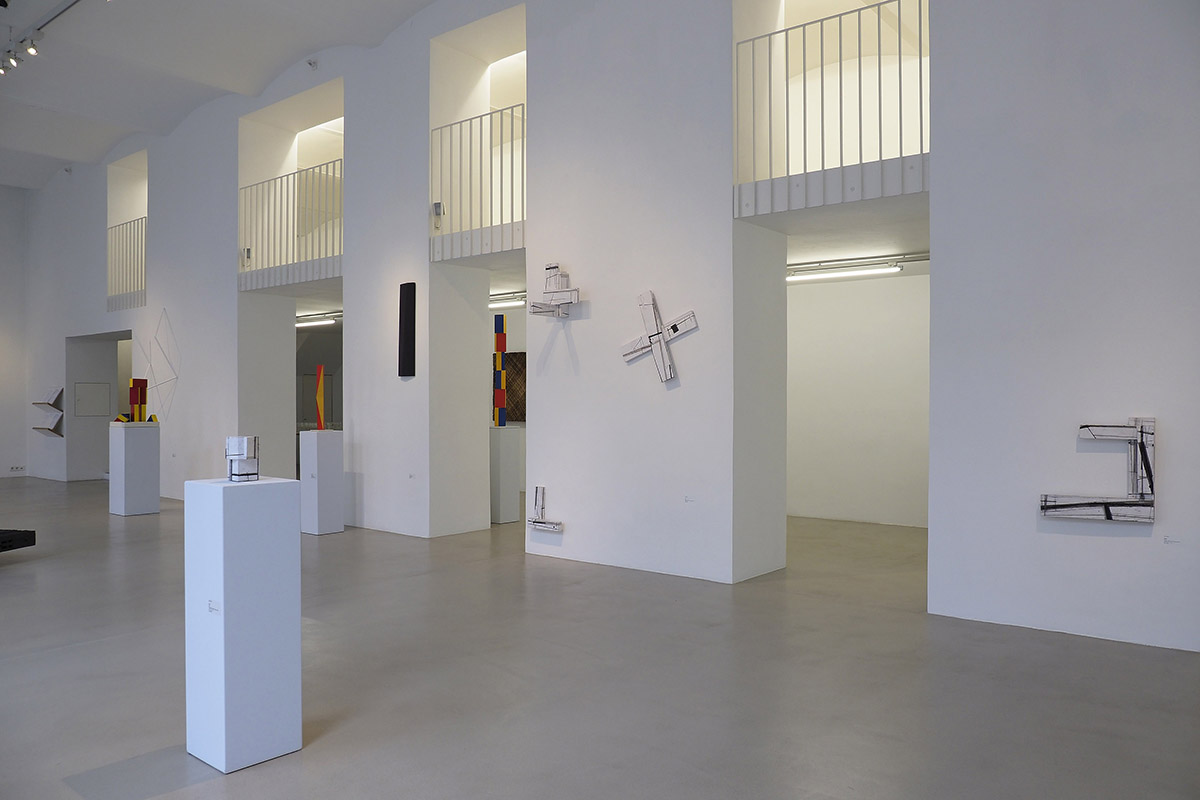
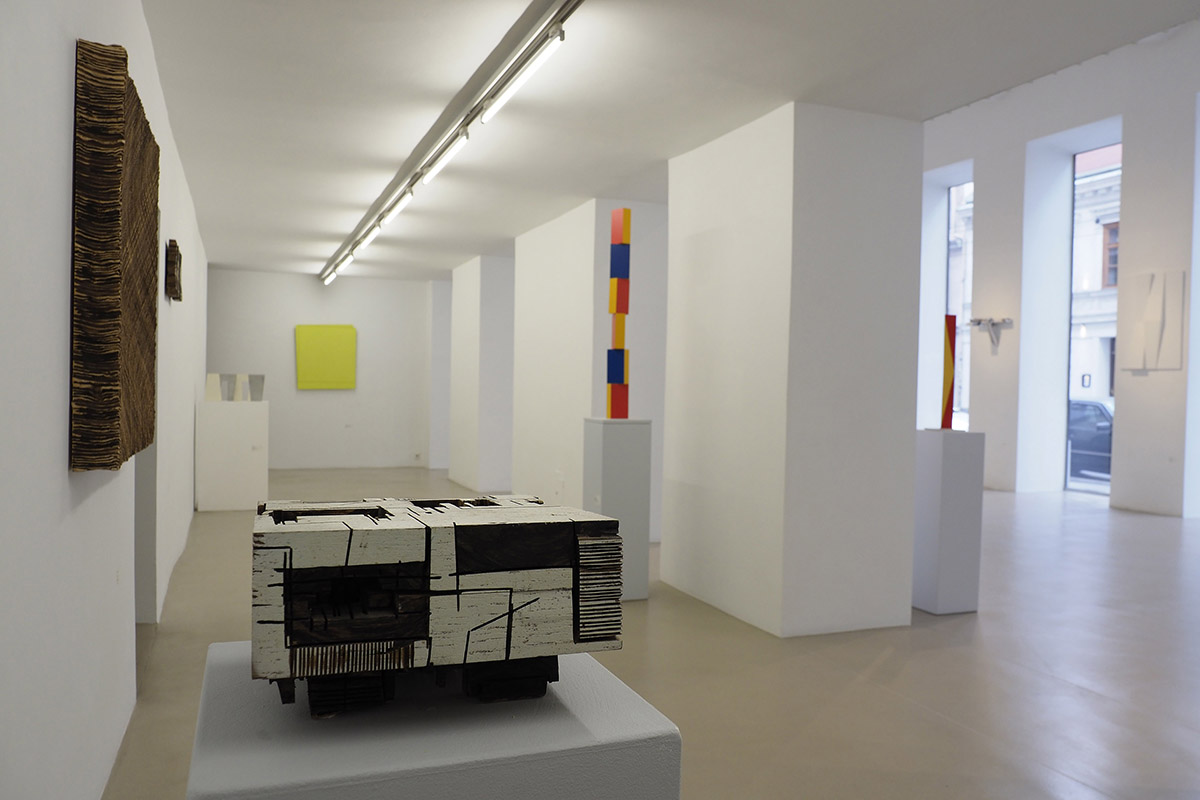
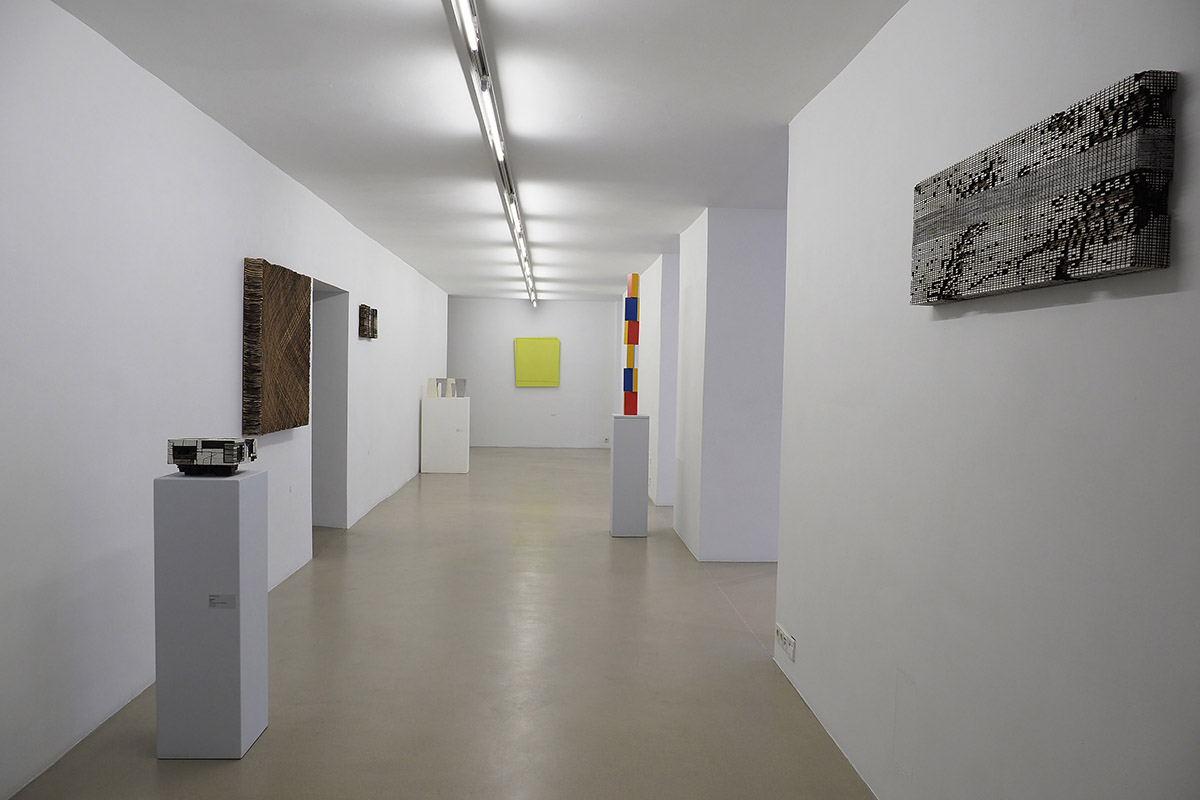
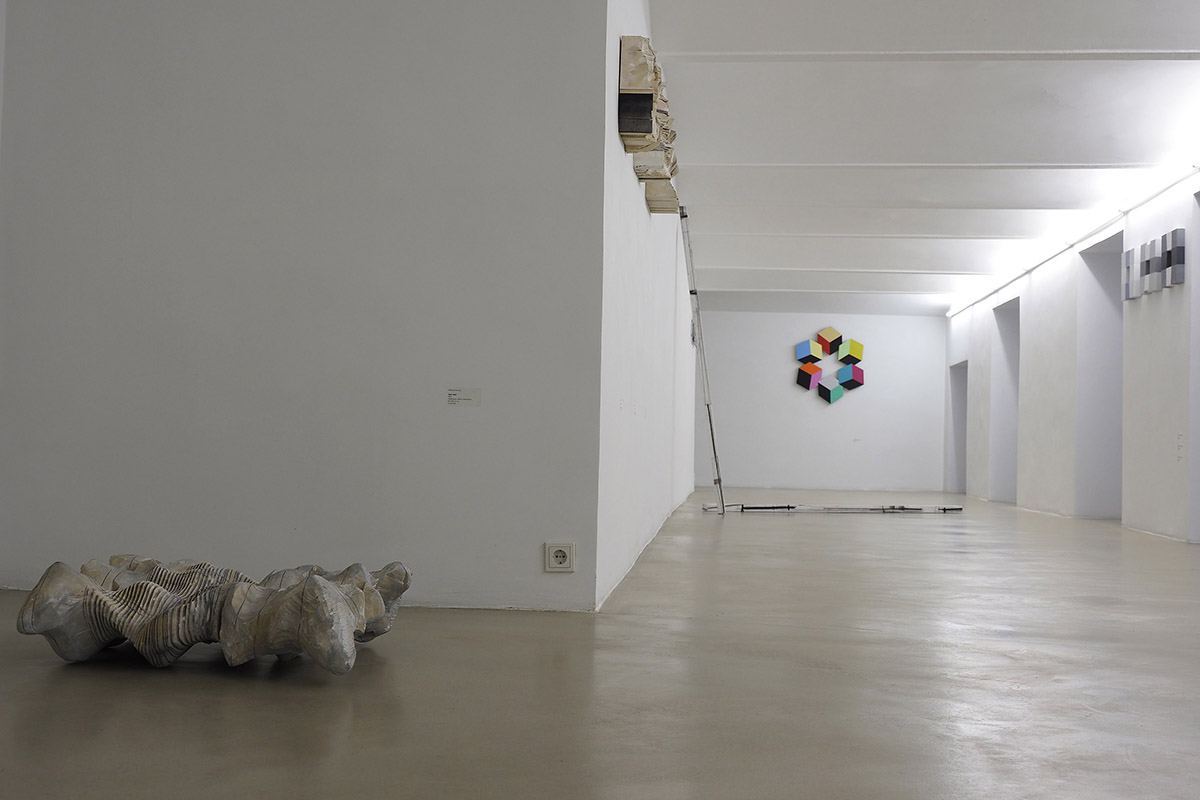
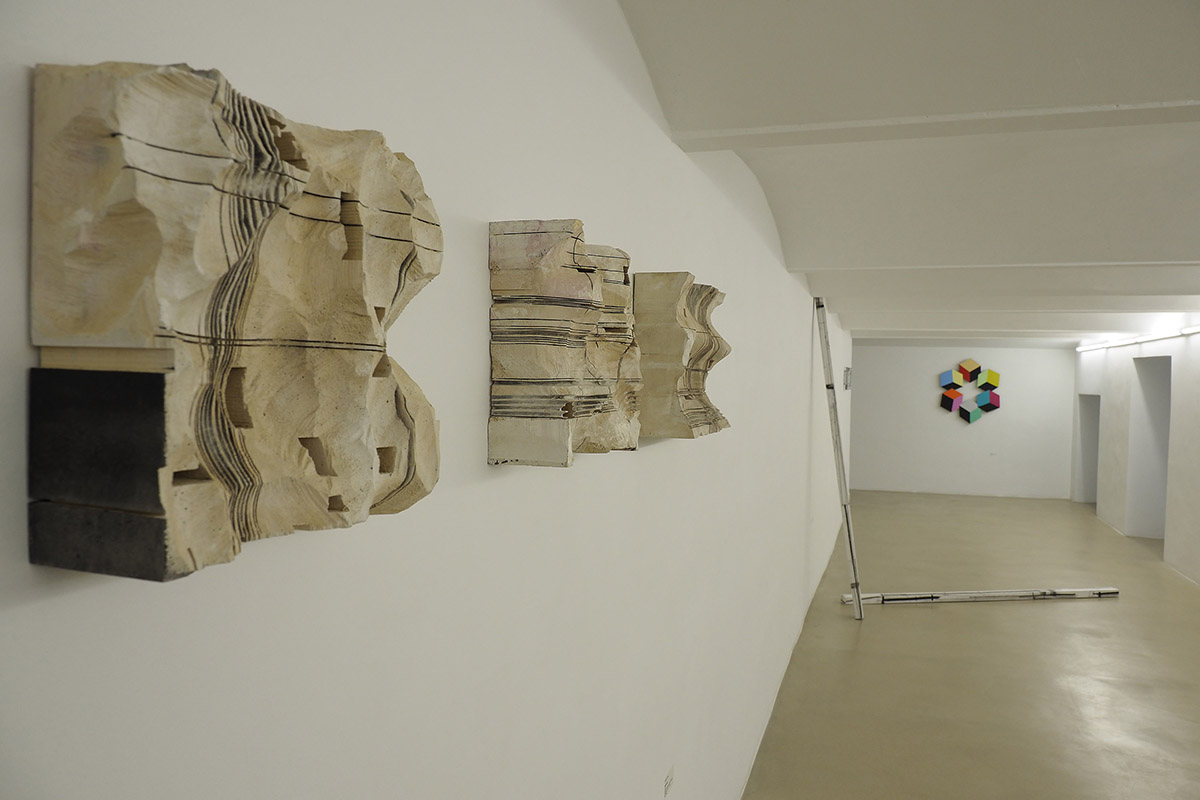
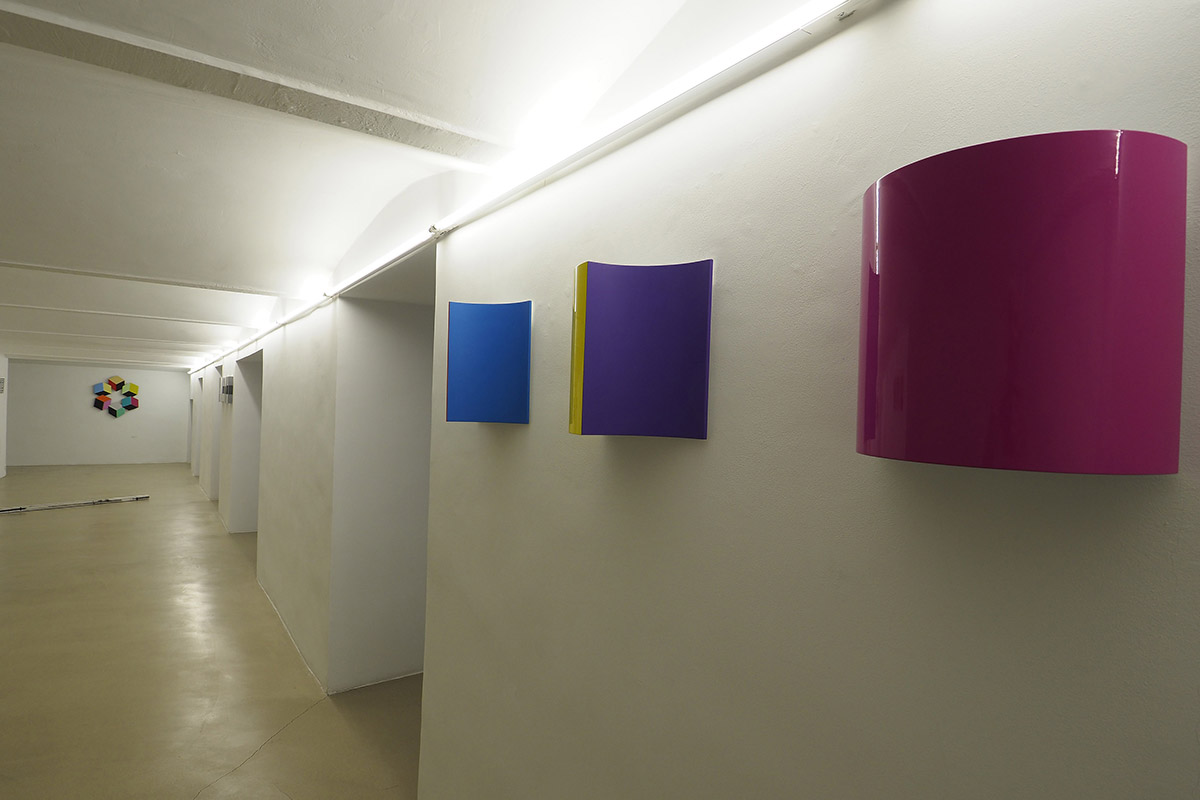
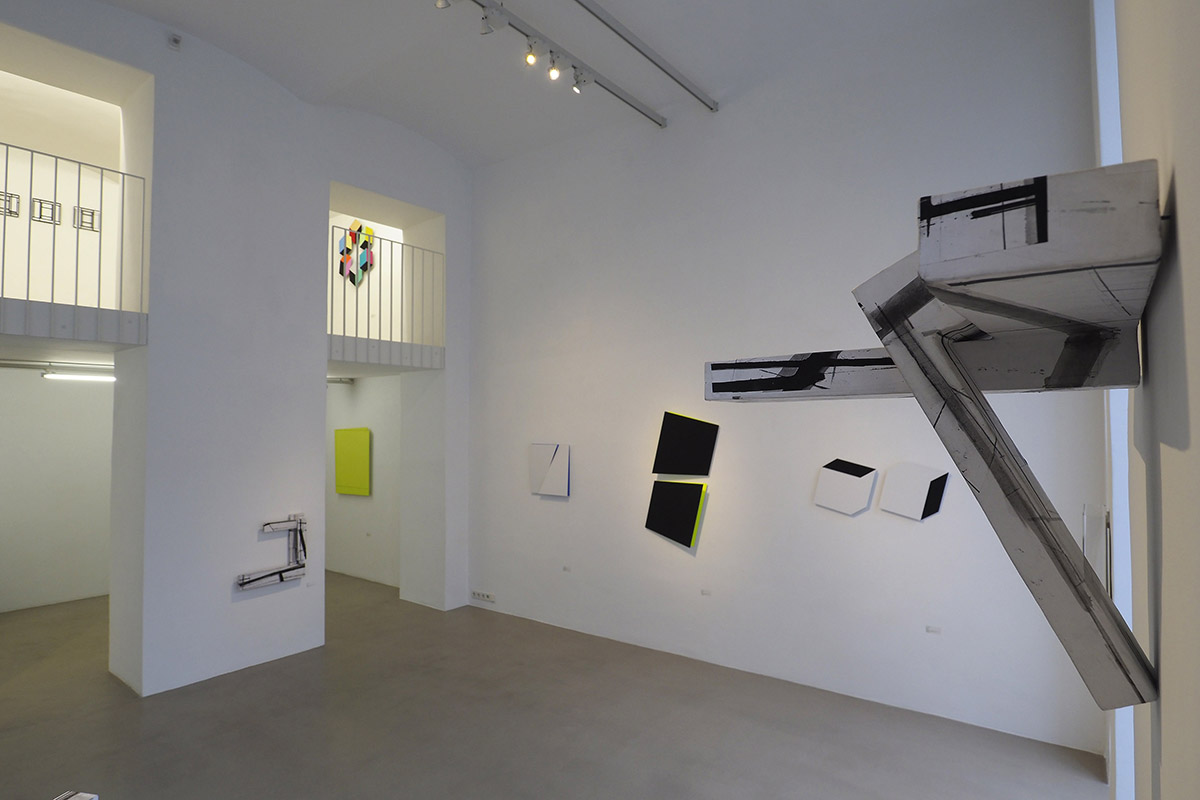
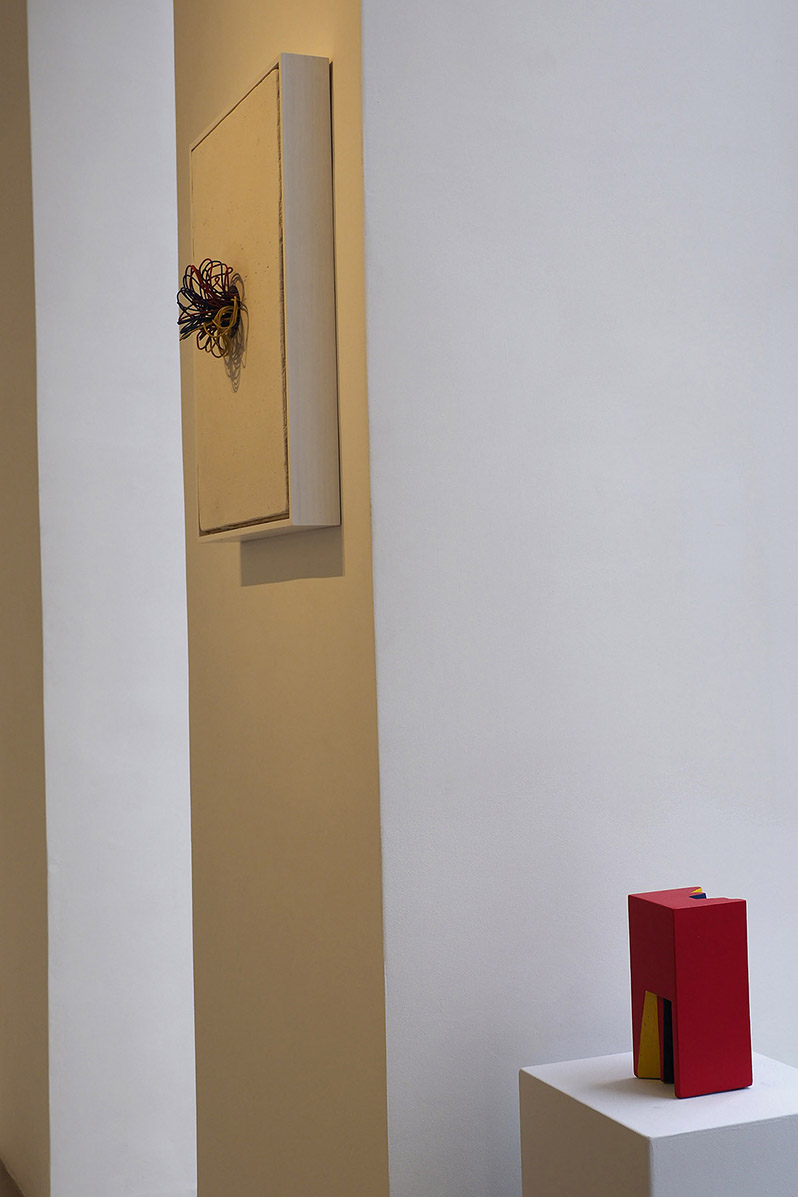
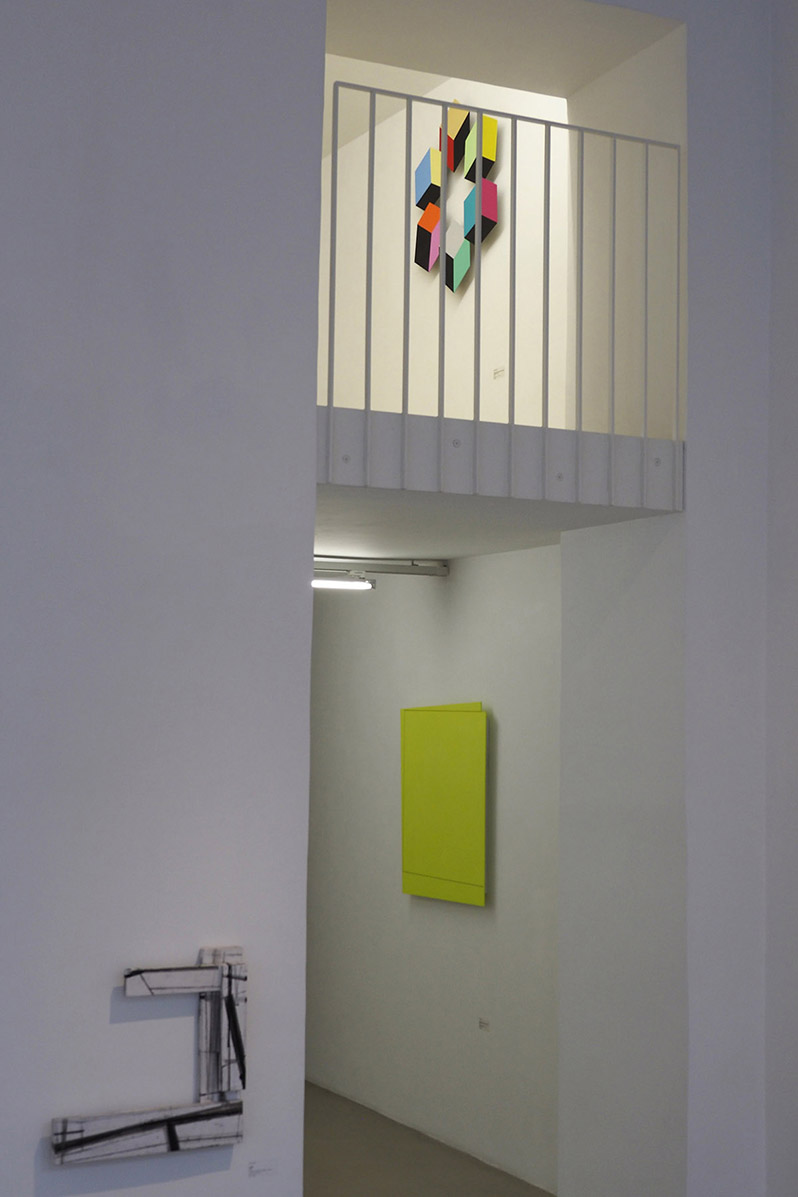
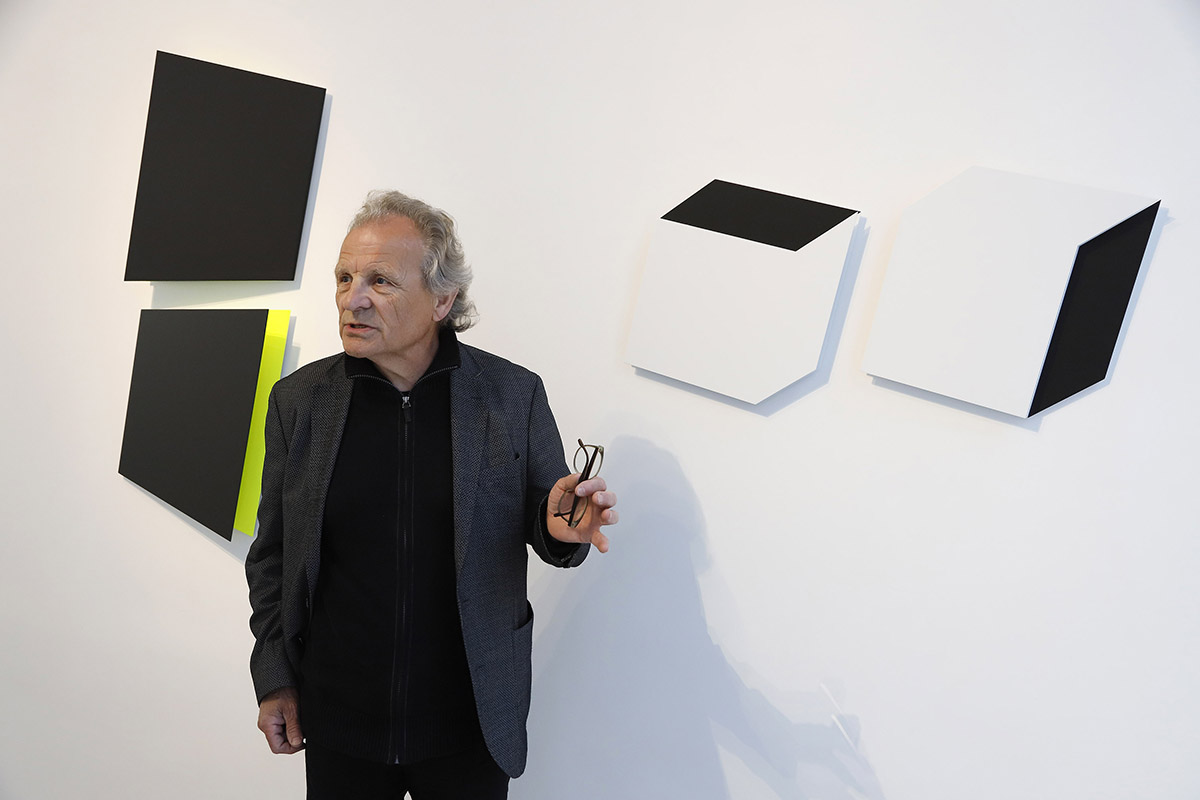
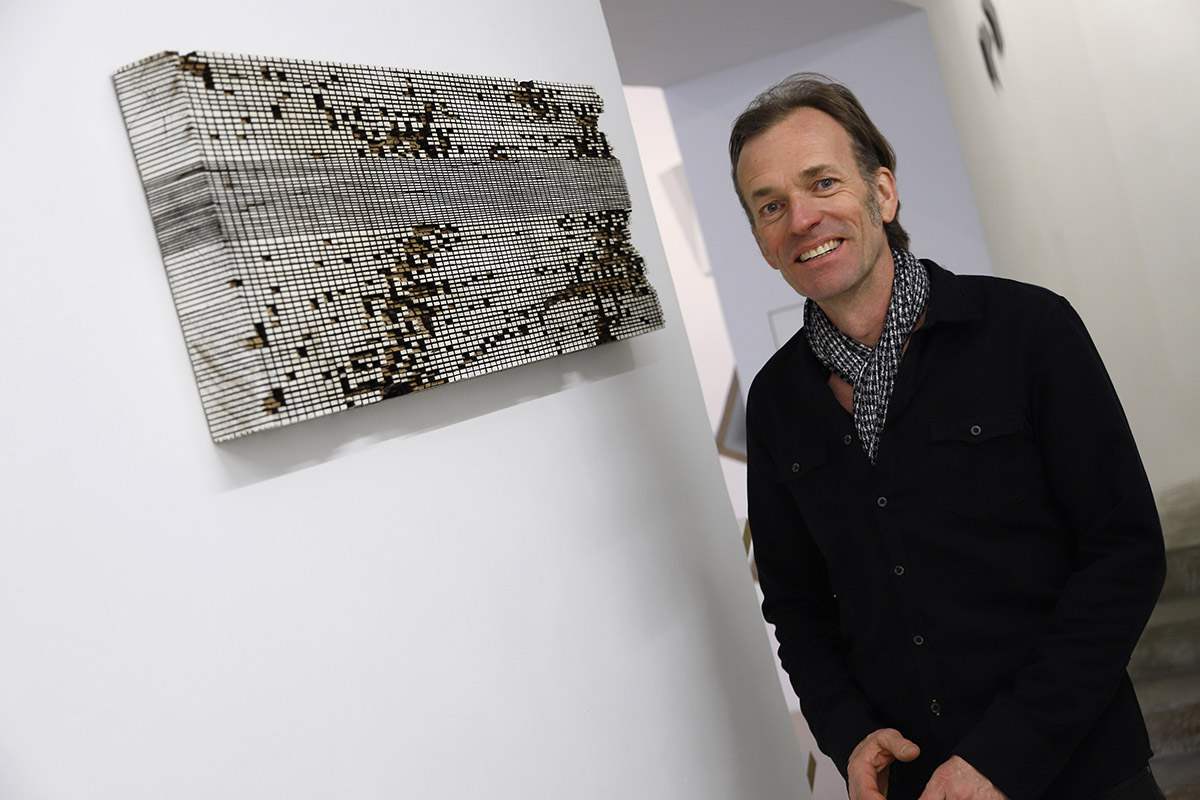
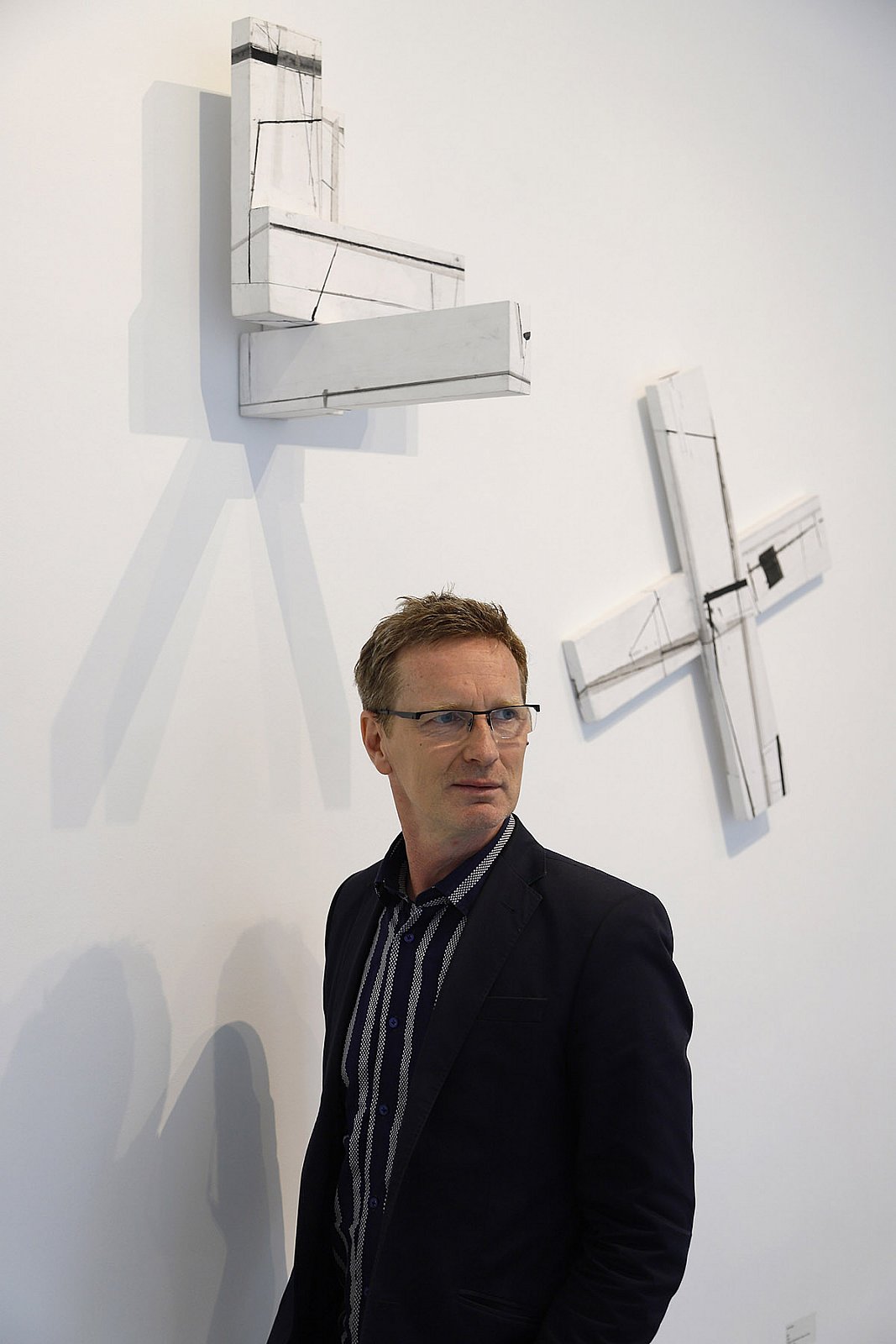
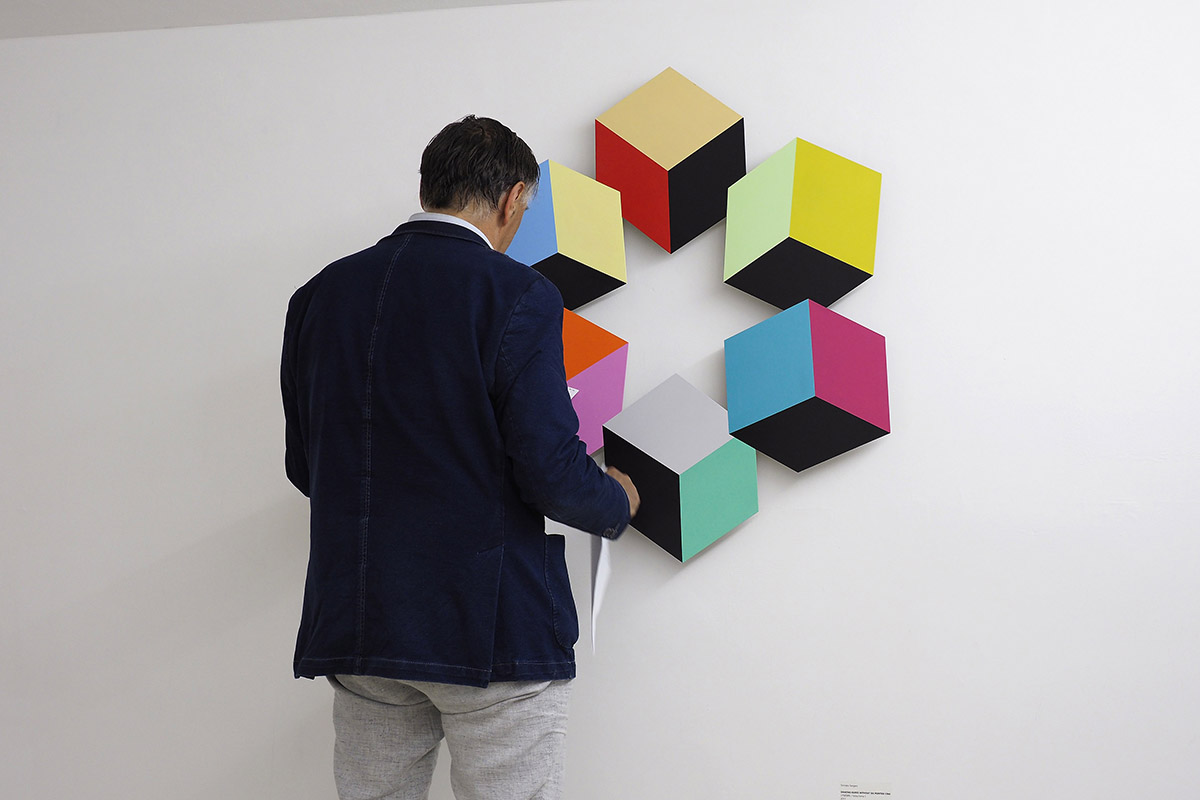
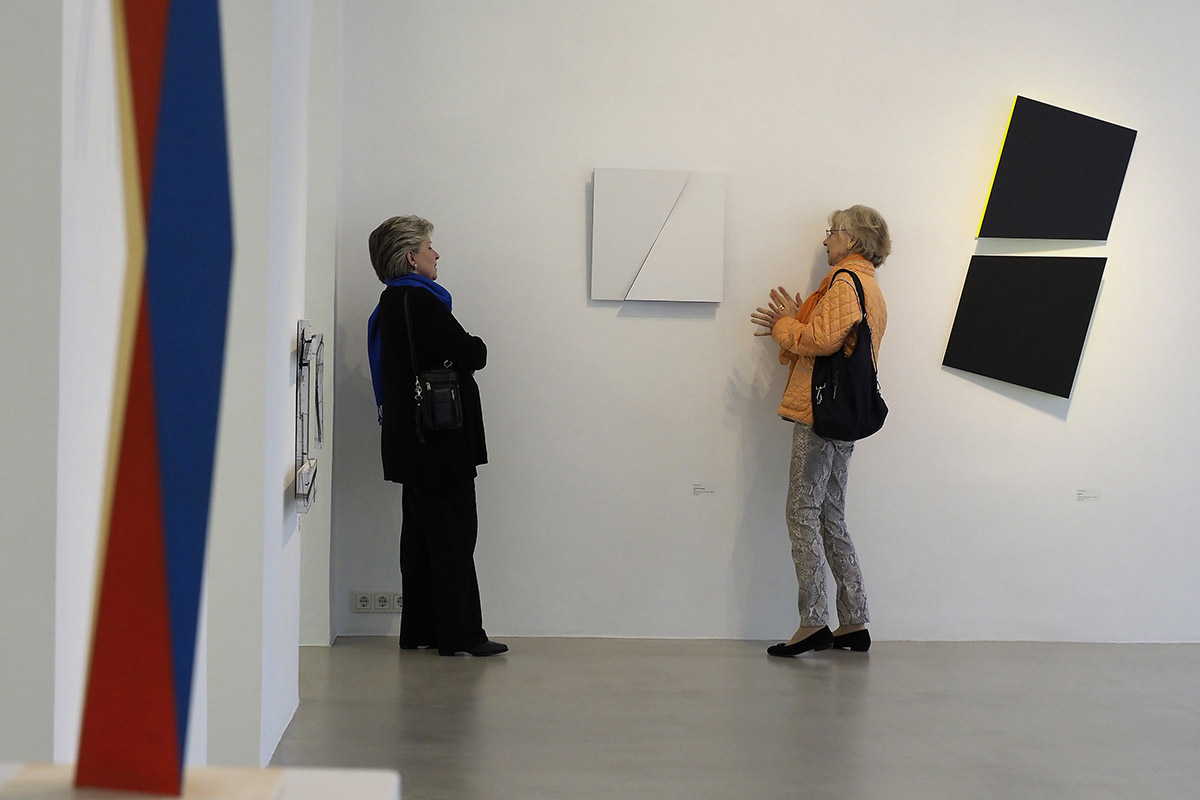
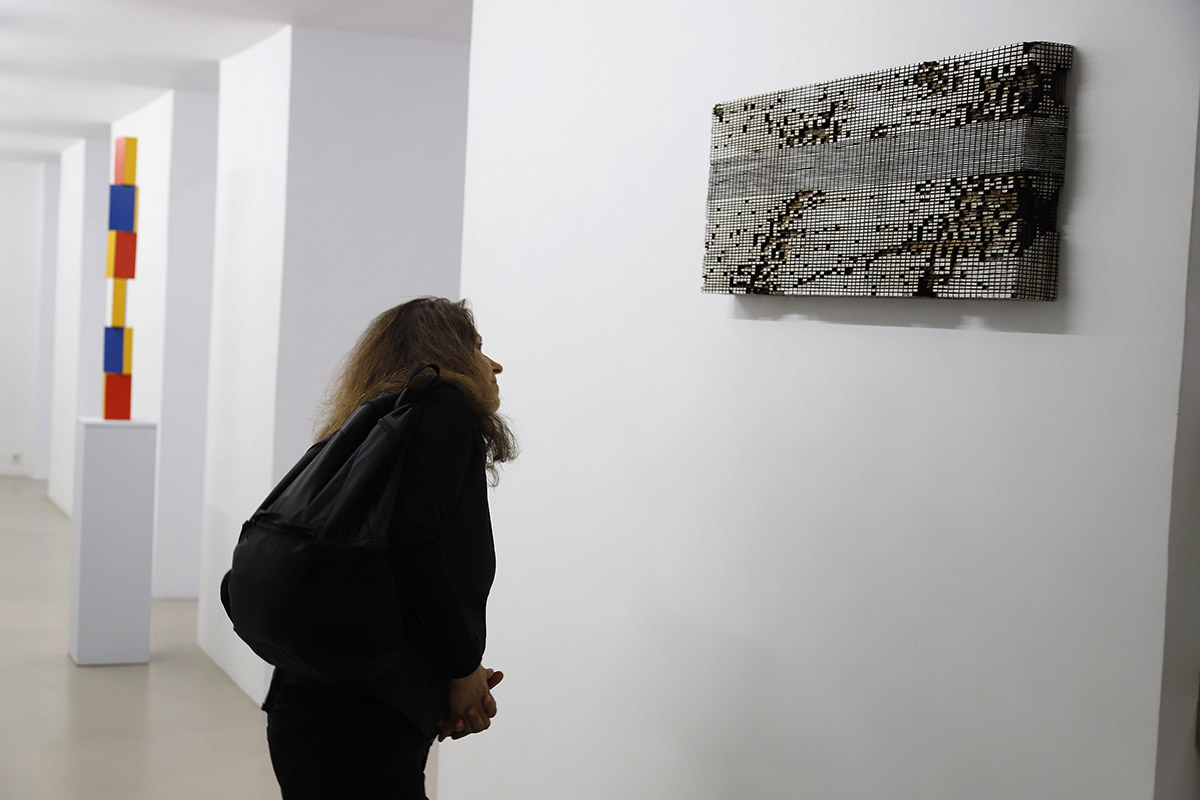
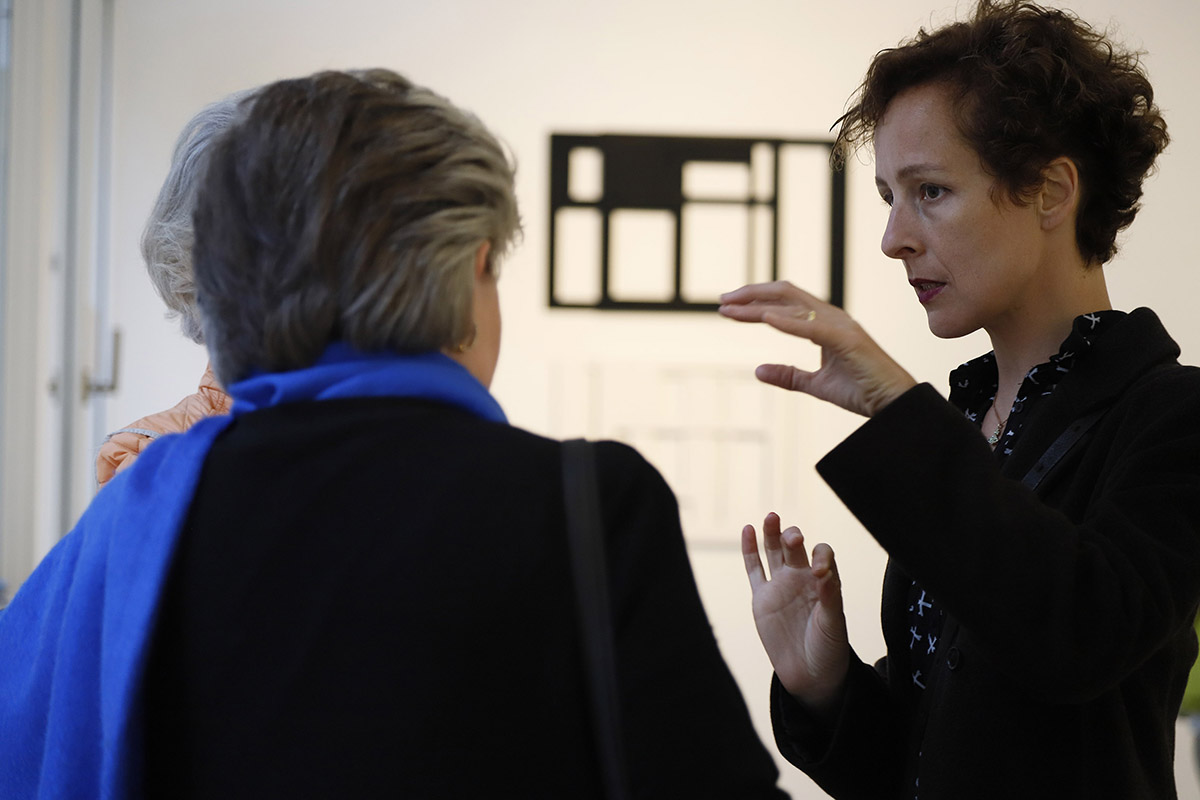
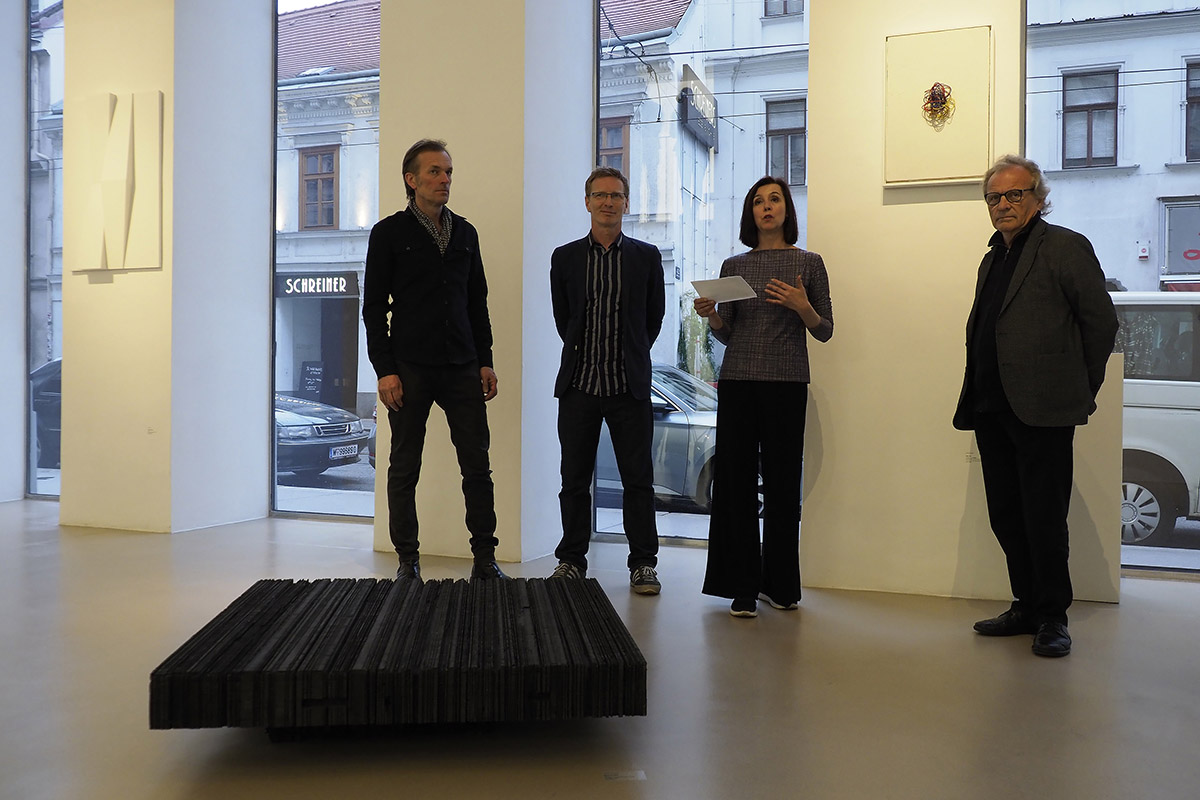
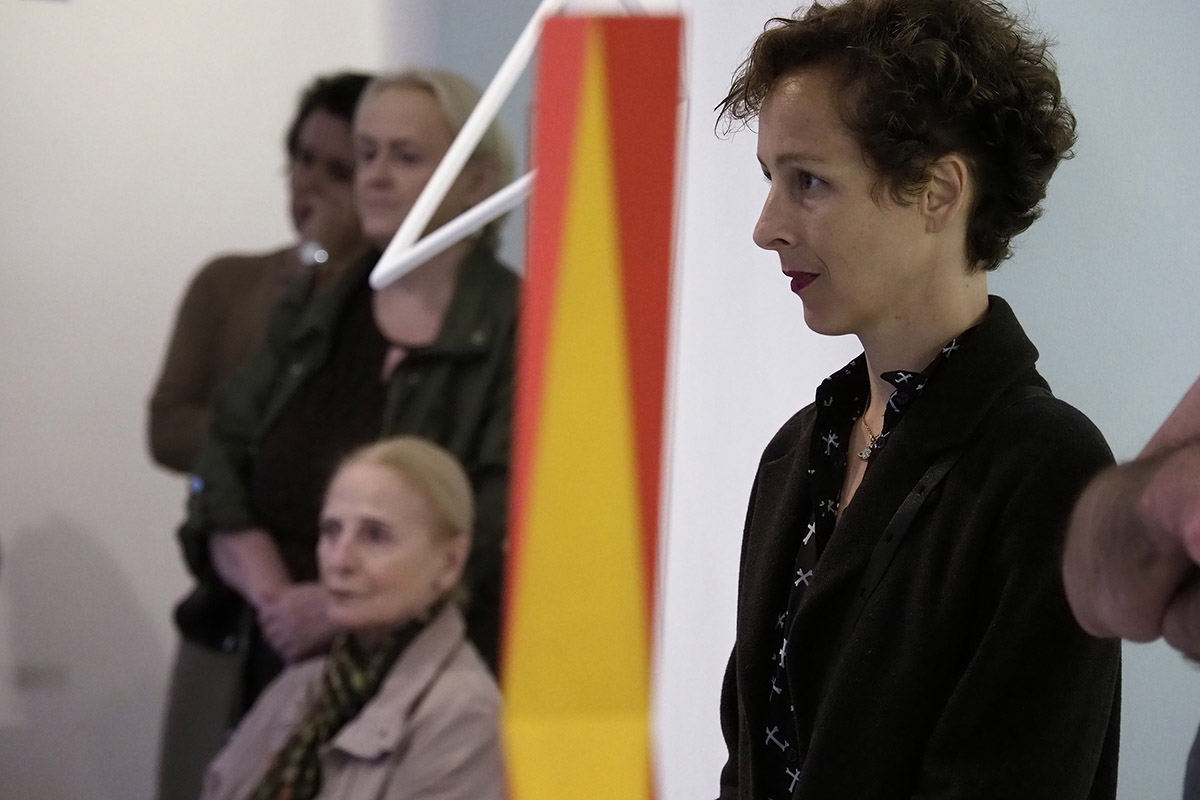
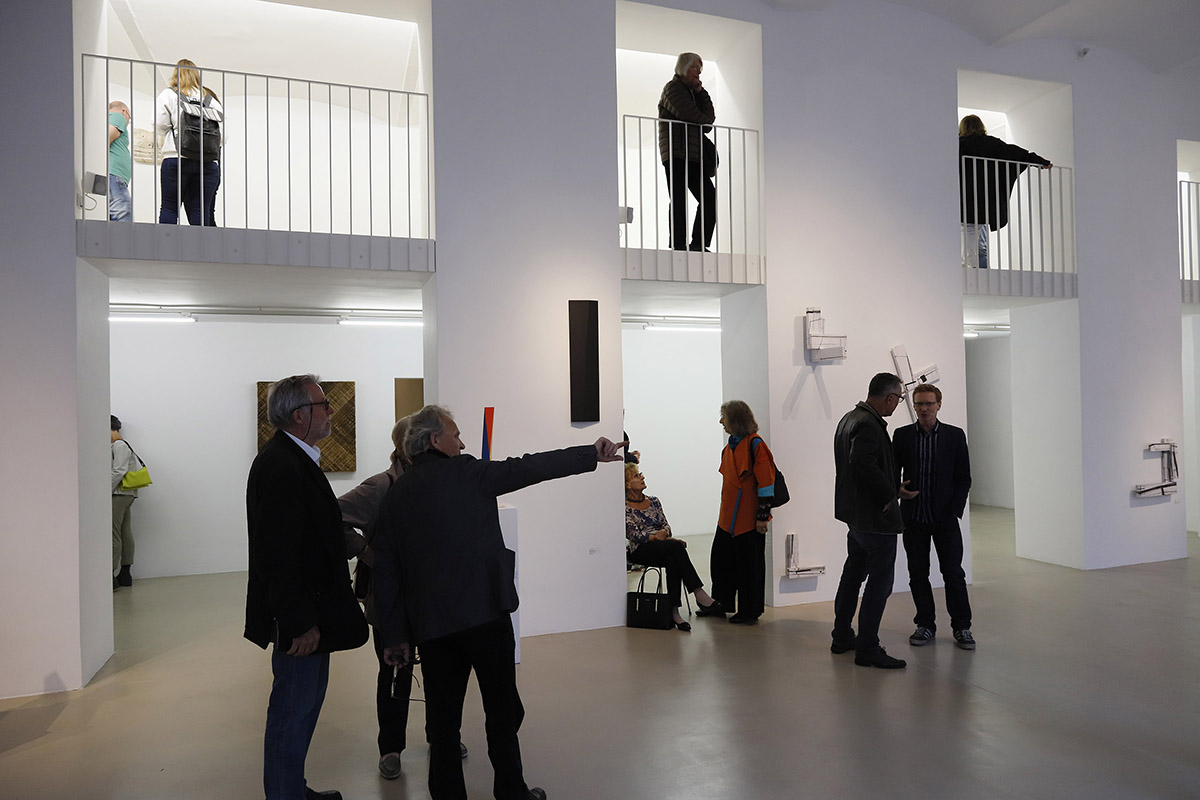
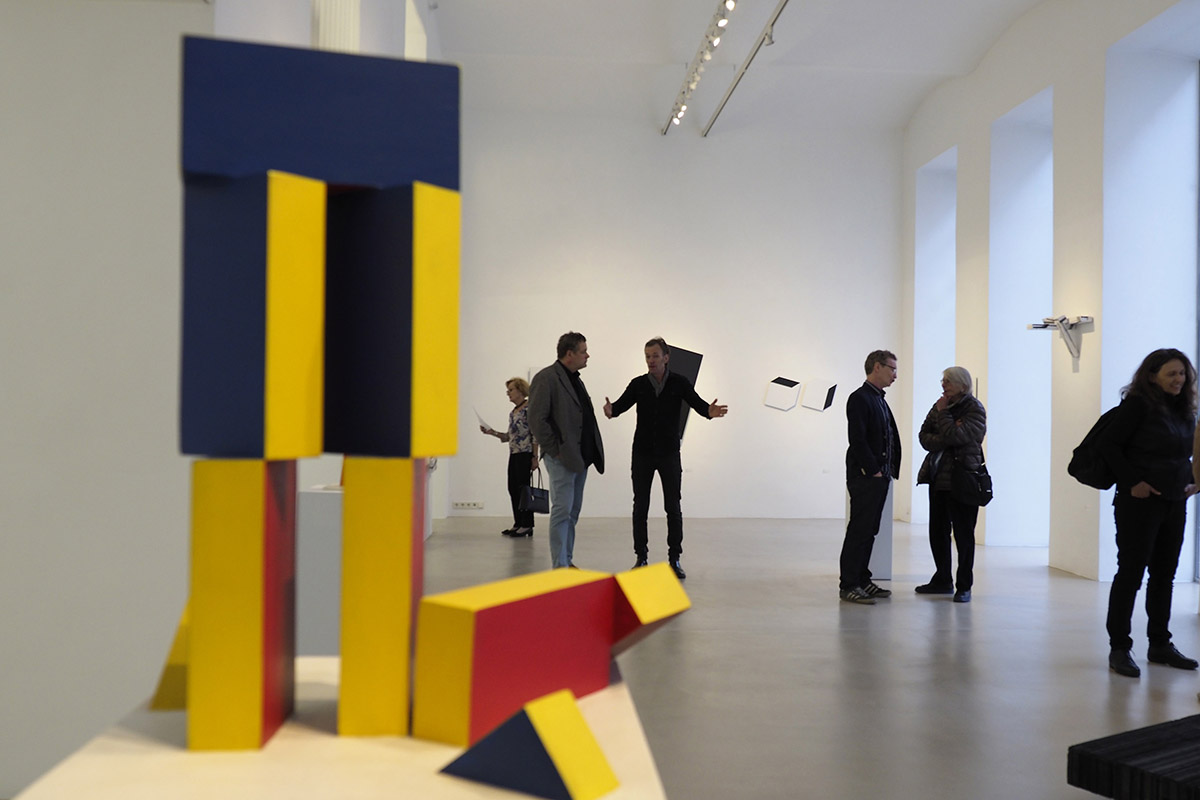
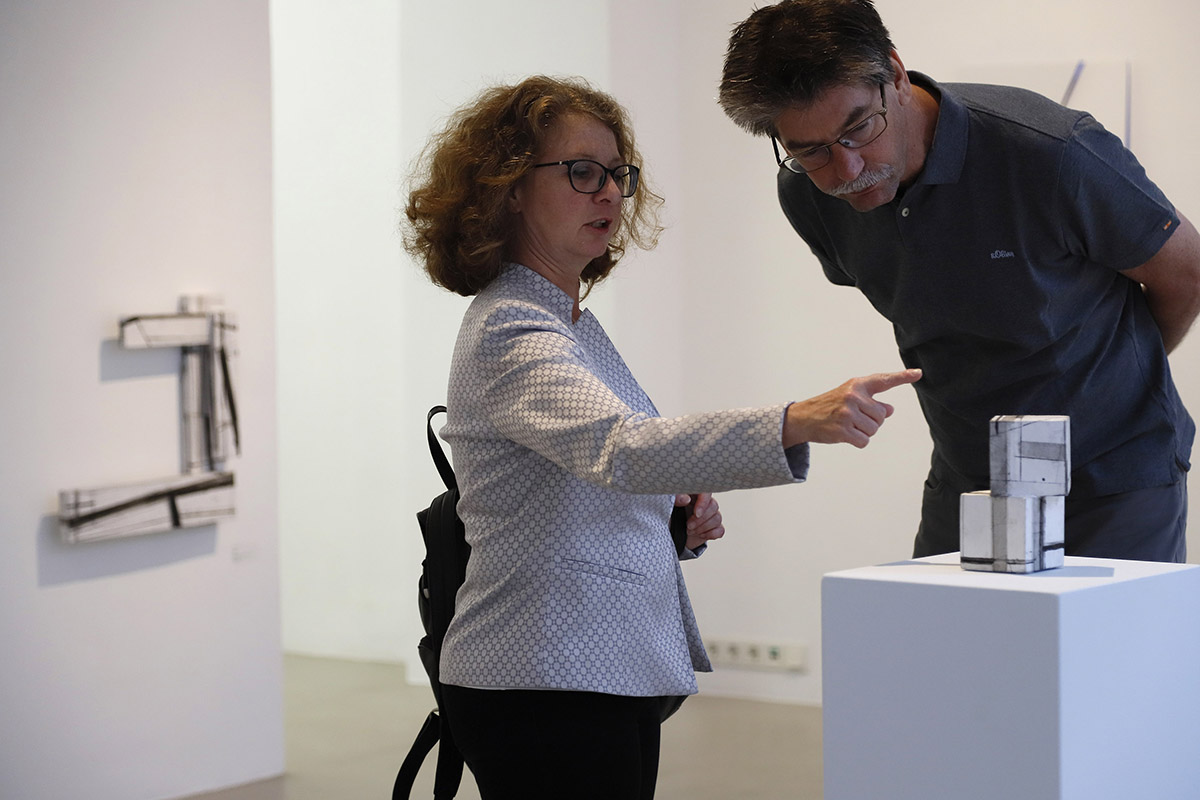
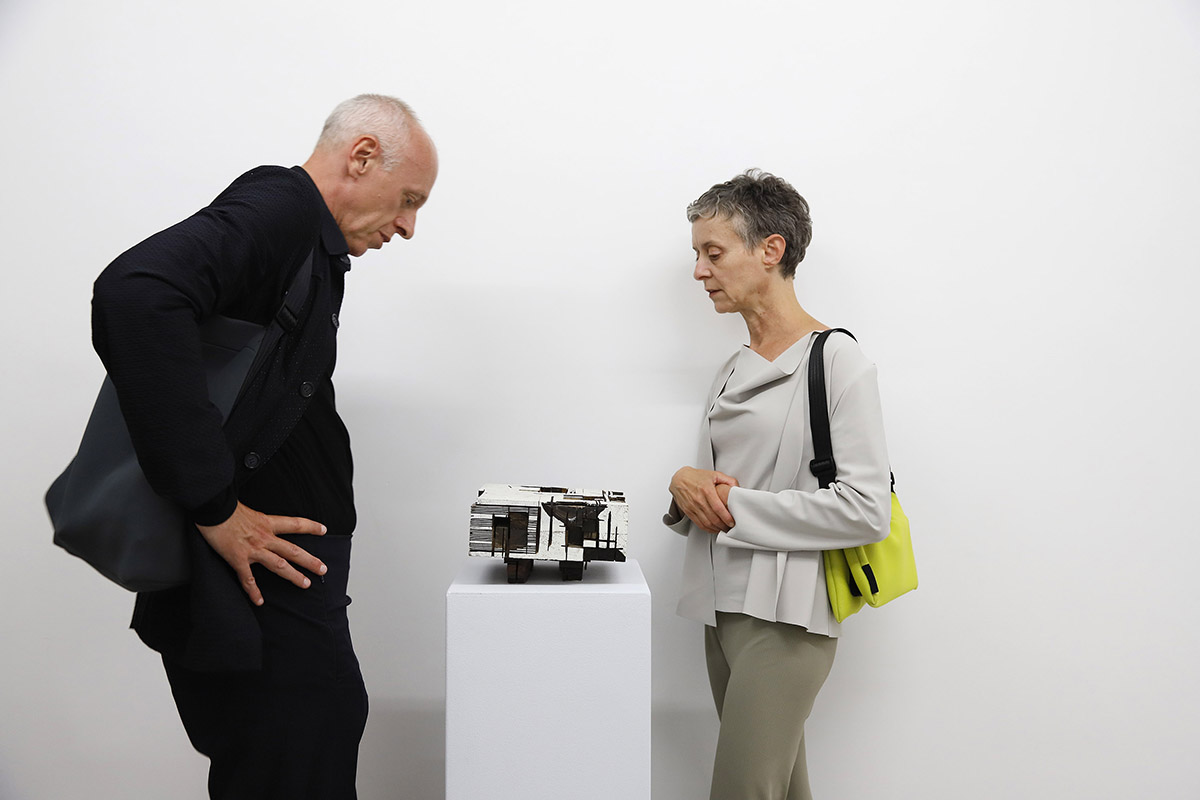
John Carter
Gerhard Frömel
Roland Goeschl
Mathias Hornung
Karl Kriebel
Sigurd Rompza
Tonneke Sengers
Grazia Varisco
Exhibition: 16/5 – 24/8/2018
This exhibition is devoted to additive and subtractive sculptures and objects’ relationship with space – a relationship that begins with line. Intersections of axes, edges and constructive lines produce the imaginary skeleton of a work, which always exists in interaction with its surrounding space, light and the modulation of colours. Eight positions present very individual possibilities for dealing with the space within a space.
John Carter experiments with elementary forms, which he lays on top of one another. Out of the intersecting lines he extracts his forms, which are painted with marble dust and project in relief from the plane.
Gerhard Frömel’s three-dimensional objects and installations consist of individual elements, positioned on at least two planes. Changes in vantage point result in optical shifts, divisions and connections between two-dimensional or linear elements, which simultaneously generate diverse forms and illusory spaces.
Roland Goeschl has never seen sculpture individually. For him it has always been an underlying ground for painting, just as painting has always been a ground overlying sculpture. Roland Goeschl sees an important question within the spatial emphasis of sculpture: the question of the form of sculpture and its interaction with space – space inside the sculpture and outside the sculpture.
By using a milling machine to engrave linear reliefs into the organically growing material of wood, Mathias Hornung confronts the natural, the uniquely irregular, with an artificial regularity. With the topology forced upon the piece of wood, he eliminates boundaries between surface and space, and he creates a symbiosis between graphic art and sculpture.
Letting go, building up, reworking, destroying – for Karl Kriebel, the working process is always a liminal journey: simple, blazing, markedly blurred, brittle. Slowly and quietly the works emerge as though out of nothing, intangible, sufficient to feel.
Sigurd Rompza explores how different colour looks under different lighting. What is important to him is how a surface is oriented towards the light, how it responds to illumination.
Tonneke Sengers’ sculptures hover in front of the wall, engaged in a constant dialogue with space. Space thus becomes a part of the wall piece and, conversely, the object a part of space.
Even early in her career, Grazia Varisco was already creating works that offer viewers an opportunity to become actively involved in the pictorial event. Today, in all of her works, she still remains faithful to her interest in space and time, movement and change, light and shadow.
exhibition text with biographies
exhibition text with biographies



